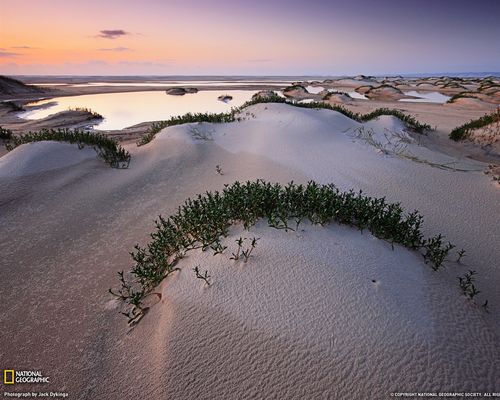Discovering Fascinating Bison Information: A Guide to Understanding These Majestic Creatures
Bison, also known as American Buffalo, are majestic creatures that have been roaming the grasslands of North America for centuries. These impressive animals are an important part of our cultural heritage, and they have captured the imagination of people around the world. In this guide, we will discover some fascinating bison information that will help you to better understand these remarkable creatures.
The History of Bison in North America
Bison were once the most numerous large animals on the planet. They roamed the Great Plains of North America in enormous herds that numbered in the millions. They were an essential part of the ecology of the region, and they played a vital role in the lives of the Native American tribes that lived there.
Sadly, the bison population was decimated in the 19th century as settlers and hunters pushed westward. By the end of the century, there were only a few hundred bison left in the wild. Thanks to conservation efforts, the bison population has rebounded, and there are now over 500,000 bison in North America.
Bison Characteristics and Behaviors
Bison are remarkable animals that have adapted to life on the Great Plains. They are the largest mammal in North America, with males weighing up to 2000 pounds. They have a distinctive hump on their shoulders, and both males and females have horns. Bison are herbivores and can consume up to 50 pounds of vegetation in a day.
Bison are also fascinating creatures when it comes to their behaviors. One of the most remarkable characteristics of bison is their social hierarchy. Older males, known as bulls, are the dominant members of the herd. The females, or cows, and their young follow the bulls, and the weaker members of the group are at the back.
Bison Conservation Efforts
As mentioned earlier, bison populations were decimated in the 19th century due to hunting and settlement of the Great Plains. Since then, there have been tremendous efforts to conserve the bison. That includes breeding programs to reintroduce bison to their historic ranges, along with habitat and population management plans.
One of the most significant efforts in bison conservation has been the establishment of national parks and reserves, where bison can be protected and their ranges restored. These parks and reserves, like Yellowstone National Park, are crucial for the long-term survival of the bison.
Conclusion
Bison are majestic creatures that are an important part of our natural world. Their history and behaviors are fascinating, and their conservation is crucial to their long-term survival. It’s imperative that we continue to learn about these remarkable creatures so that we can protect them and ensure their survival for generations to come.
(Note: Do you have knowledge or insights to share? Unlock new opportunities and expand your reach by joining our authors team. Click Registration to join us and share your expertise with our readers.)
Speech tips:
Please note that any statements involving politics will not be approved.
